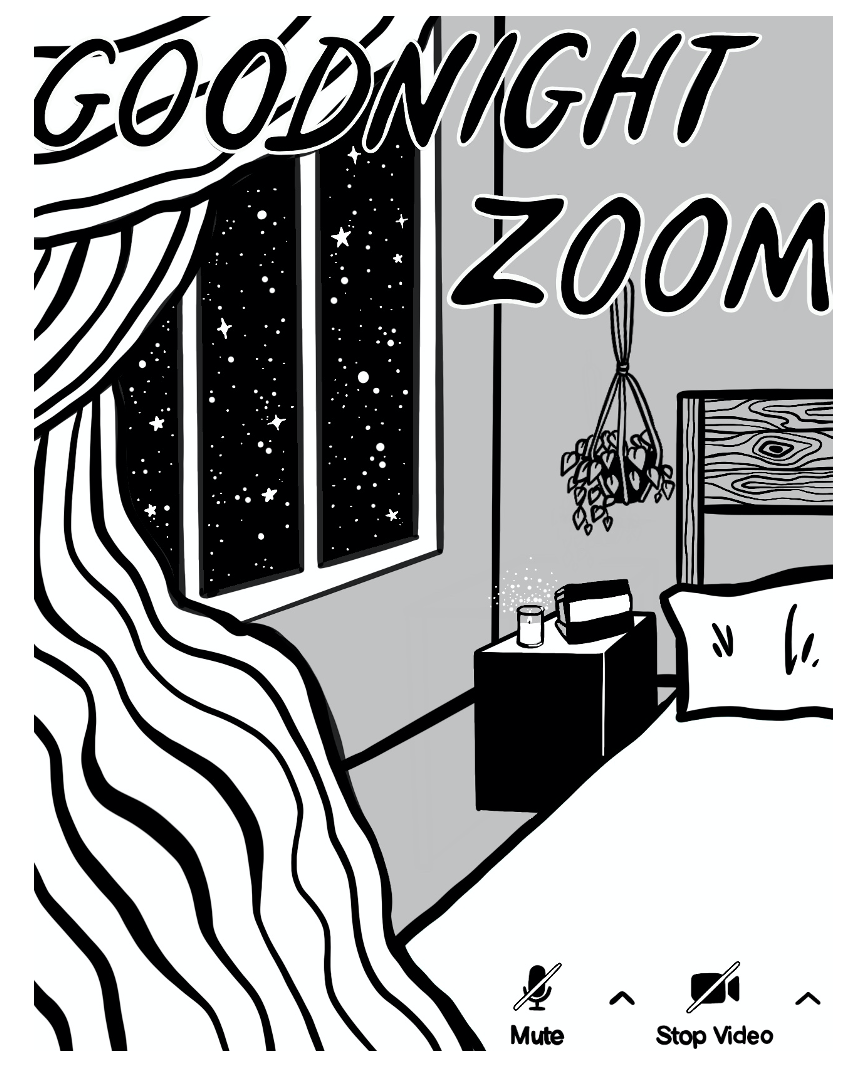Using Clay with Older Adults
- Drexel ATC

- Dec 3, 2020
- 3 min read
CATX 631 Art Journals: Claire Picard
Week 3: Clay
Population: Older Adults
Disorder: Neurocognitive Disorders
As an artist, I typically have avoided interacting with clay due to its financial cost as well as the immersive sensory experience. I enjoy much more controlled media such as ink or digital media. When selecting a process of clay making, I elected for the only process that would not require me to spend money, a clay recipe composed of stirring salt into warm water and adding flour. While the initial mixing of the clay was an uncomfortable sensory experience, I was pleasantly surprised with how quickly the clay came together into a smooth modeling-clay like consistency. The clay/dough was slightly warm to touch and smelled like bread. I chose to use this clay to create a small jewelry dish, as I wanted to experience the transformation of the clay after baked in the oven. I attempted to keep the clay relatively thin as the instructions warned of improper cooking if the clay was too thick. I was pleasantly surprised that my dish was able to stay together after cooking, albeit some delicate cracks. I chose to paint my dish with white acrylic paint and added color using ink markers.
Translating my experience into a clinical application, I have chosen to work with older adults experiencing neurocognitive disorders, specifically Alzheimer’s disease. I vividly remember an article describing Art Therapist (and former director of the Creative Arts in Therapy Department at Drexel University) Ron Hays’ experience working with clay as he suffered from worsening symptoms of Alzheimer’s. The article was written by Robin Jones, who described her relationship with Ron as her “teacher, mentor, thesis advisor, and greatest inspiration” (Jones & Hays, 2016, p. 213). Jones (2016) narrated Ron’s art process in the clay studio as his condition worsened, how the experience of working with clay allowed him to feel “pride in the fact he could get to work independently” as well as “free to focus on his senses…[noticing] details of cars and houses, relationships between objects, and colors and textures” (p. 214). In speaking about his experience with clay, Ron mentioned how “everything we create is a sharing, giving element…the memories stay with [me] because of the tangible nature of the clay” (Jones, 2016, p. 216). The article ends with an extremely powerful depiction of Ron after he lost the ability to manipulate clay, describing how “Ron frequently goes outside to lay on the ground with this eyes closed and runs his fingers through the earth. This seems to keep him connected to his senses and the natural world” (Jones, 2016, p. 217). This powerful imagery connects back to the sensory quality of the clay and the power it can hold in allowing someone to become grounded and connected to their environment. In a literature review of the use of clay in art therapy with older adults, (Abramowitz, 2015) reported, “clay taps into the depths of human consciousness. The impulse to squeeze, roll, and form clay is deeply ingrained…the malleable nature gave birth to the metaphor that possesses a life and body of its own” (p. 2). After my own exploration with creating and manipulating clay, I can relate firsthand to the soothing tactile engagement that clay can provide. I believe this sensory engagement would serve this population well.
Abramowitz, K. (2015). The unstructured use of clay in art therapy with older adults. Canadian Art Therapy Association Journal 26(1), 1-12. https://doi-org.ezproxy2.library.drexel.edu/10.1080/08322473.2013.11415574
Jones, R., & Hays, N. (2016). Ron Hays: A Story of Art as Self Treatment for Alzheimer’s Disease. Art Therapy, 33(4), 213–217. https://doi.org/10.1080/07421656.2016.1231557




Comments